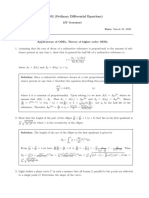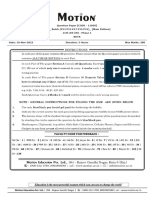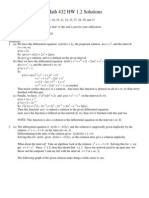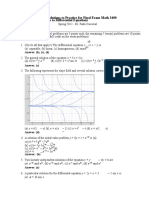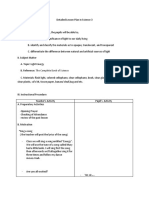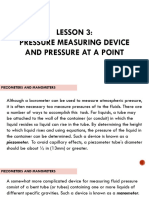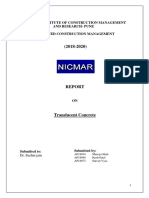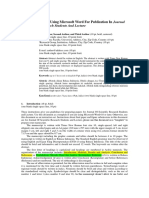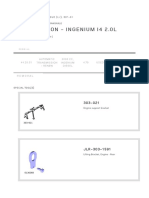0% found this document useful (0 votes)
99 views10 pagesSample Solution 1
The document contains sample solutions to 12 math assignment problems involving differential equations. The problems cover a range of skills including writing differential equations, solving initial value problems, determining the order and type of differential equations, finding general solutions, and solving separable equations. The solutions provide detailed step-by-step working to arrive at the answers.
Uploaded by
박정현Copyright
© © All Rights Reserved
We take content rights seriously. If you suspect this is your content, claim it here.
Available Formats
Download as PDF, TXT or read online on Scribd
0% found this document useful (0 votes)
99 views10 pagesSample Solution 1
The document contains sample solutions to 12 math assignment problems involving differential equations. The problems cover a range of skills including writing differential equations, solving initial value problems, determining the order and type of differential equations, finding general solutions, and solving separable equations. The solutions provide detailed step-by-step working to arrive at the answers.
Uploaded by
박정현Copyright
© © All Rights Reserved
We take content rights seriously. If you suspect this is your content, claim it here.
Available Formats
Download as PDF, TXT or read online on Scribd
/ 10













